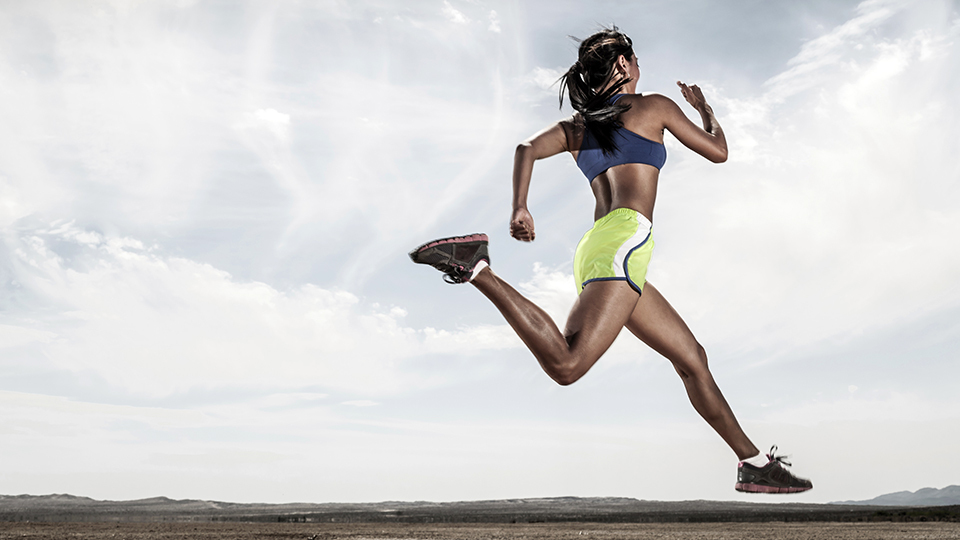A Case for Giving Up Running in Your 20s, Even if You Love It

Getty Images
Let me preface this by assuring you that while working out is a big part of my life, I am no athlete. I’m a regular gym-goer who dabbles in group fitness, Pilates, yoga, and—my favorite—running outside, which I find torches more calories and leaves me more invigorated than anything else. Lately though, even a five-mile run is plagued by shooting pain through my knees and a dull ache for days after.
Since my early days as an amateur runner, my mom warned me to be careful, not to push it. She worked as an aerobics instructor throughout the late ’80s and early ’90s and has always been an active person, a virtue by which, as a current fiftysomething, she’s paid for with intense knee pain. My grandmother was also plagued with knee problems, having had later-in-life surgery, so it’s always been a given that mine will eventually cause me some grief (or double knee reconstruction, knock on wood.)
I’m now several days shy of 26 and have been told by just about every personal trainer I’ve ever worked with (six and counting), an herbalist, and my mom (again) that I really, really should stop running, and I’ve finally decided to quit. Because aside from my family’s genetic propensity for dodgy knees, the facts are that up to 70 percent of runners sustain an overuse injury each year, 50 percent of which occur in the knee. So statistically speaking, running regularly is probably going to cause you a problem in the middle of your leg at some point.
Yusuf Jeffers is a specialist running coach and trains clients at Tone House in New York, and he explained that it’s the repetitive nature of running that can cause you to overuse the joint and exacerbate knee pain, either resulting in long-term damage or short-term issue. “The type of knee pain depends on the source—it could be temporary like tight muscles or tendon strain, in which case you can treat, or it could be knee pain due to cartilage damage—meniscus—that needs a permanent fix,” he said, making me feel particularly uneasy about my ongoing discomfort.
Jeffers added that while, yes, running is a great way to burn calories, it’s probably not worth pushing through any joint pain in your 20s if you want to avoid damage when you’re older: “Each person is different and each injury is different, but ultimately you can run the risk of knee pain later in life you don’t take preventative measure.” He also recommended I avoid a bunch of exercises at the gym, including box jumps, heavy squats, stairs, or any type of movement that is causing pain. “Any localized sharp pain is a signal you have an injury versus a dull pain that could just be fatigue,” he said.
The most common recommendation I receive from experts is to swap running for power walking—which to someone who loves the adrenalin rush of a good cardio push, sounds like the worst idea ever. Knowing this, Jeffers suggested I use the elliptical machine, row, or swim to try and re-create that runner’s high without damaging my body. “Stretching before and after is really important too,” he added.

Getty Images
Of those options, swimming is out of the question with my current gym membership, and I personally don’t find the elliptical delivers the same rush as a hard run, so over the past couple of weeks I settled on rowing in the evenings and even the occasional rowing class, which I’m surprised to say I haven’t been hating. (Jeffers promised it’s a comparable cardiovascular exercise to running, and that I shouldn’t expect to see a dip in my fitness levels.)
To switch out your own running habit for low-impact rowing, try and cover one-and-a-half times your usual distance to burn the same amount of calories—that’s what Jeffers recommended and what I’ve been doing. “If you’re accustomed to a steady-state run for 30 minutes at a moderate pace, then a similarly moderate rowing pace will put you anywhere between one to 1.5 times the distance you’d cover when running.” Yes, you can literally get the same benefits, in the same amount of time, without the risk of injury.

